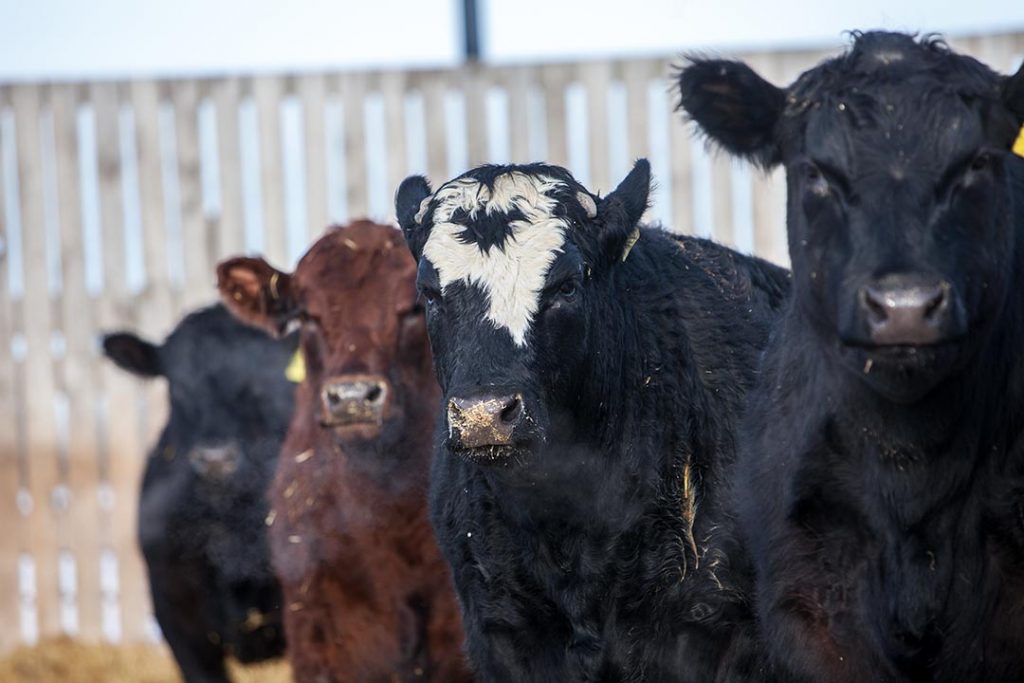
News
Applications
Beef
How USask aims to improve beef production
April 6, 2021 by Bree Rody
 Image: Supplied, University of Saskatchewan
Image: Supplied, University of Saskatchewan The University of Saskatchewan is looking to utilize research to improve beef production as well as efficiency and sustainability. Canada’s beef sector is currently valued at $18 billion; now a multi-agency research team out of the university is looking to make advances in the field of genomics (and other “-omics”) into livestock production.
Led by veterinary reproductive biologist Dr. Gregg Adams, work will take place at the university’s Livestock and Forage Centre of Excellence. Genomics and other “omics” tools such as phonemics, microbiomics and proteomics involve the study of the appearance, structure and behaviour of animals, including their microbiomes and cell proteins. Thanks to notable progress in research over the last decade, these tools can be used to boost livestock production, according to Adams.
The project aims to integrate these advances and address some of the current challenges faced by Canada’s beef industry, which include disease management, fertility improvement and environmental impact mitigation. This will be accomplished by compiling previously unavailable behavioral data and other physical data on beef cattle, through placing multispectral cameras in their pastures and close confinement areas. The teams will identify gene markers for desired traits. This will in turn help the team identify genomic characteristics that relate to performance. “Once we identify these markers… we can actually begin to collect the genetic material—the germplasm, embryos and semen from those individuals that have desirable characteristics,” said Adams in a statement.
By bringing together experts in microbiology, epidemiology, reproductive biology and forage nutrition, the project aims to integrate the advances in omics tools to address challenges in the beef industry such as disease management, fertility improvement and environmental impact mitigation—something already in place in the dairy, hog and poultry industries.
Approximately 70 percent of the $18 billion industry is situated in Saskatchewan and Alberta, meaning even small, incremental changes in performance can result in significant gains, says Adams. The project has been awarded $7.75 million over five years form the Canada Foundation for Innovation, with another $10.1 million expected from institutional partners, private industry and vendor in-kind support.